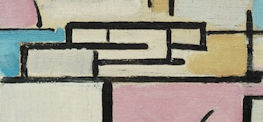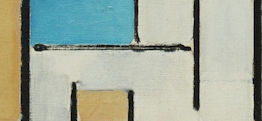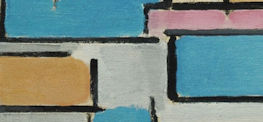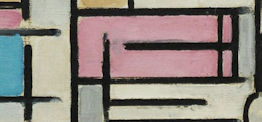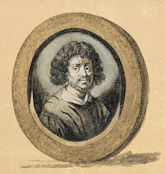
- Birth - Death: 1600 or 1604/5 (Chamagne, Duchy of Lorrain) - 21 or 23 November 1682 (Rome, Papal States)
- Medium, style: French painter, etcher, draughtsman. Baroque
- Work: Landscape and history painting
- Wiki Link: Visit Website
Claude Lorrain (Gellée) was a French painter, draughtsman and engraver of the Baroque era. He spent most of his life in Italy, and he is admired for his achievements in landscape painting. Claude was born in the Duchy of Lorraine but left around 1612 for Germany, then Rome, where he became a studio assistant to the landscapist Agostino Tassi. He visited Naples and returned to Nancy before settling permanently in Rome around 1628. He sketched in the Roman countryside with Poussin. Ideas from the drawings he made were integrated into oil paintings finished in the studio.
. . . Claude Lorrain's paintings are absolute points of reference in the genre of landscape. Building on the foundation laid for him by artists like Titian, Paul Bril and Annibale Carracci, Lorrain was the bold leader of the 17th century ideal landscape. Although landscape painting was long perceived as a "lesser" genre, Claude Lorrain achieved enormous success in his own lifetime, and continued to exert a powerful influence on French and English painting for centuries after his death . . . (Artable)
. . . Throughout his life John Constable was devoted to the work of Lorrain – from around 1800, when he first admired the paintings by Claude in Sir George Beaumont’s collection, to June 1836, a year before his death, when he praised ‘the inimitable Claude’ in a lecture he presented to the Royal Institution. He described him as ‘the most perfect landscape painter the world ever saw’, and
declared that in Claude’s landscape ‘all is lovely – all amiable – all is amenity and repose; the calm sunshine of the heart’ (Beckett, Discourses, pp. 52–53).
You may find additional reference links to Lorrain and his art, HERE.

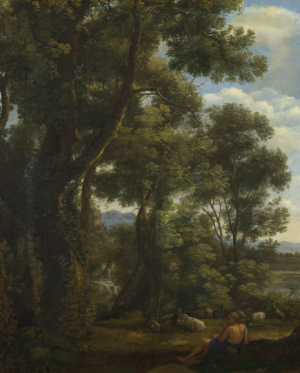









- Birth - Death: 1731 (Nottingham, England) - 7 November 1809 (London, England)
- Medium, style: English map-maker, etcher, landscape watercolorist
- Work: The Cries of London, "the father of modern landscape painting in watercolors", one of founders of the Royal Academy
- Wiki Link: Visit Website
Paul Sandby, born in Nottingham, was an English topographical watercolorist and graphic artist who, along with his brother of Thomas Sandby, became one of the founding members of the Royal Academy in 1768.
Sandby joined the topographical drawing room of the Board of Ordnance at the Tower of London in the early 1740s and in 1747 was tasked as chief draughtsman with mapping the remote Scottish Highlands - a "compleat and accurate survey of Scotland". While undertaking this commission, which included preparing designs for new bridges and fortifications, he began producing watercolour landscapes documenting the changes in Scotland after the 1745 rebellion, and sketches of Scottish events such as the hanging in Edinburgh of soldier-turned-forger John Young in 1751.
In 1752, he took up a post with his brother producing landscapes of the royal estates at Windsor (the royal collection includes over 500 images by the Sandby brothers). His skills were applauded by fellow artists such as Thomas Gainsborough: if one wanted "real Views from Nature in this Country", declared Gainsborough in 1764, there was no better artist than Sandby, who frequently "employ'd his pencil that way."
In 1768, he was appointed chief drawing master to the Royal Military Academy at Woolwich, a position he retained until 1799.
Sandby made his first recorded visit to Wales in 1770, later (1773) touring south Wales with Sir Joseph Banks, resulting in the 1775 publication of XII Views in South Wales and a further 12 views the following year, part of a 48-plate series of aquatint engravings depicting Welsh scenery commissioned by Banks.
Sandby is also known for his many drawings of London street-life (roughly 76 in total), producing "Twelve London Cries done from Life, Part 1st" in 1760. Sandby also drew several caricatures ridiculing the painter, William Hogarth.
Sandby died in London in 1809 and was described in his obituaries as "the father of modern landscape painting in watercolors".
For Sandby's entry in The Dictionary of National Biography (Stephen, 1897), see "Reference Links" in the main menu or go HERE.






































































































